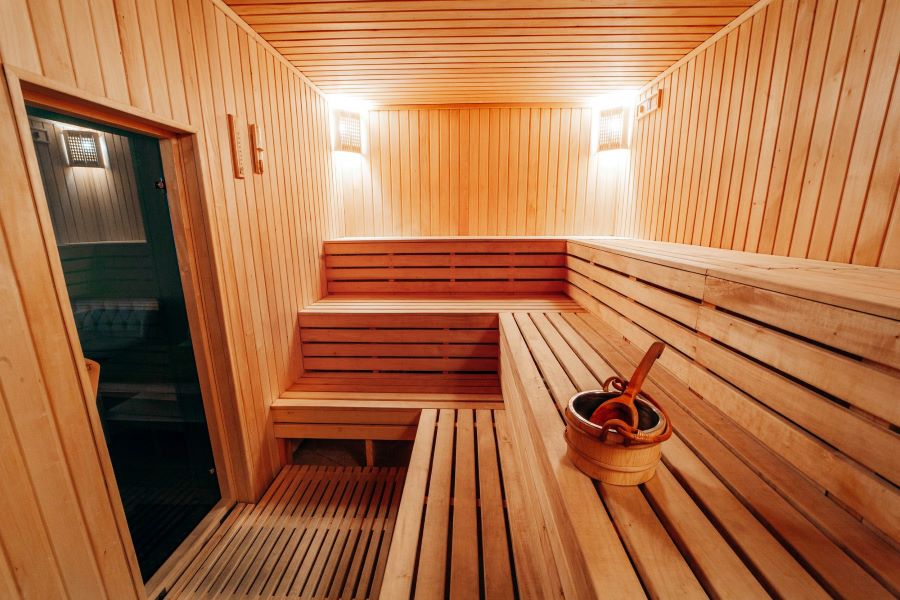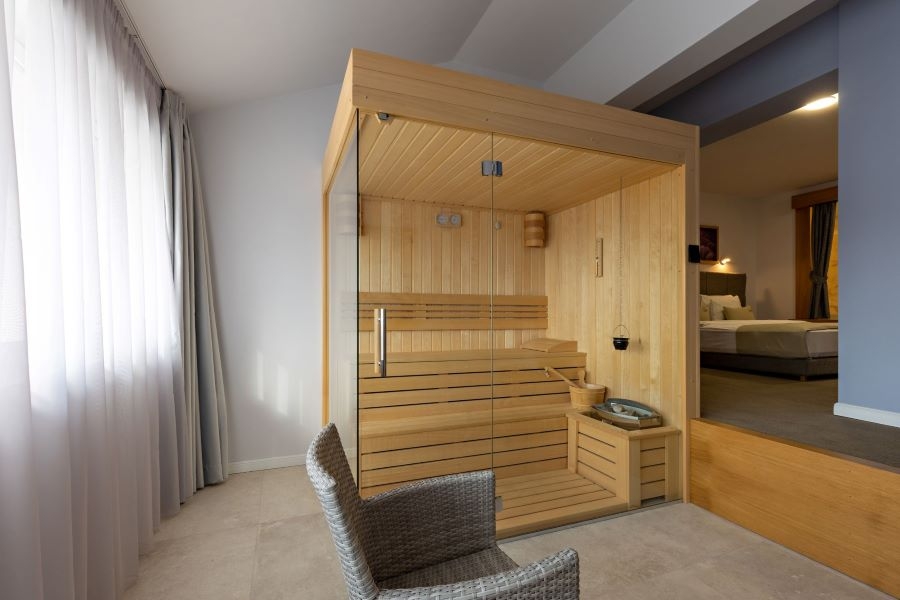Saunas have been around for centuries and originated in Finland. They’ve gained popularity worldwide due to their potential therapeutic effects. This is why a home sauna can be an excellent investment and addition to your property.
Beyond providing a personal sanctuary of warmth and comfort, a home sauna offers a place to relax and rejuvenate. However, before you take the plunge, it’s crucial to plan ahead to ensure a smooth installation and enjoyable experience. Here are some essential aspects to keep in mind:
Cost and Budget
One of the first things to consider when installing an indoor or outdoor sauna in AU is the cost. Home saunas can range anywhere from a few thousand dollars for a pre-built unit to tens of thousands for a custom-built, high-end model. Determine your budget and research different options within that range. Factors include not just the initial cost but also the ongoing expenses like electricity and maintenance.
Size and Style
Saunas come in a surprising array of shapes and sizes, catering to all sorts of preferences and spatial limitations. Do you dream of curling up with a good book in your own sweaty sanctuary? If so, compact single-person saunas, designed to fit snugly into a corner of your bathroom or bedroom, can turn that dream into reality.
If you’re tight on space, you may choose cleverly designed corner saunas that maximize square footage. These options enable you to enjoy the sauna experience even in the most modest of homes.
On the other hand, maybe you envision sharing the sauna experience with loved ones. Spacious communal saunas are perfect for creating a relaxing social space. These larger models are ideal for unwinding with friends and family after a long week, offering a chance to catch up, de-stress, and enjoy each other’s company in a unique and rejuvenating environment.
Ultimately, the size and style of your sauna will depend on how you plan to use it. Consider how many people you’ll typically be sharing the sauna with, as well as the overall ambiance you’re hoping to create.

Space and Location
Where will you install your sauna? Measure the available space carefully and consider the room’s ventilation needs. Saunas require proper airflow and insulation to function efficiently. Basements, garages, or dedicated rooms are common indoor locations. Ensure the floor can support the weight of the sauna without issues. The ceiling height should allow for comfortable seating and head space when using the sauna.
If you’re installing outdoors to transform your backyard, choose a sheltered, level spot protected from wind, rain, and excess moisture. An enclosed patio, deck, or dedicated outbuilding works well. Avoid placing it too close to the house, as saunas produce significant heat and humidity. The location should have easy access to electrical and water hookups if required.
Types of Saunas
Saunas achieve their heat through two main methods: traditional electric heaters and infrared lamps. Traditional saunas use electric heating elements to warm the air within the sauna enclosure. This method creates a dry, even heat that permeates the entire sauna space. Traditional saunas are known for providing a classic sauna experience, and many users enjoy the feeling of the warm air gently enveloping them.
Infrared saunas, on the other hand, utilize invisible light waves to heat objects directly. In a sauna setting, these light waves penetrate your skin, causing your body temperature to rise. For this reason, many users find it more comfortable at lower temperatures than traditional saunas. However, individual preferences can vary, and some users may enjoy the higher temperatures common in conventional saunas.
Safety Features
Saunas are for relaxation, but safety should always be a priority. Look for saunas constructed from high-quality, non-toxic wood, such as cedar or hemlock. Avoid softwoods, which can release harmful resins when heated.
For safety, ensure your chosen sauna has tempered safety glass doors or windows and adequate ventilation to prevent overheating. Install safety grab bars inside the sauna to help you maintain balance, and always have a timer readily available to avoid staying in for too long.
Zoning and Permits
Before installing or building a sauna, check your local zoning laws and building codes thoroughly to avoid headaches down the road. Some areas have specific regulations around sauna installations, especially if you’re making structural changes or additions to your home. Failing to comply could lead to costly fines or having to remove the sauna entirely.
You should also research the permit requirements for your city or county. Typically, permits are necessary for electrical work, plumbing hookups (if adding a shower or tub), structural modifications, or accessory buildings.
Conclusion
A home sauna can be a fantastic addition to your home, offering a place to de-stress and potentially improve your overall well-being. By carefully considering factors like size, style, location, and safety, you can create a personalized sauna haven that perfectly suits your needs. So, turn up the heat for relaxation and enjoy the journey to your very own home sauna oasis.





